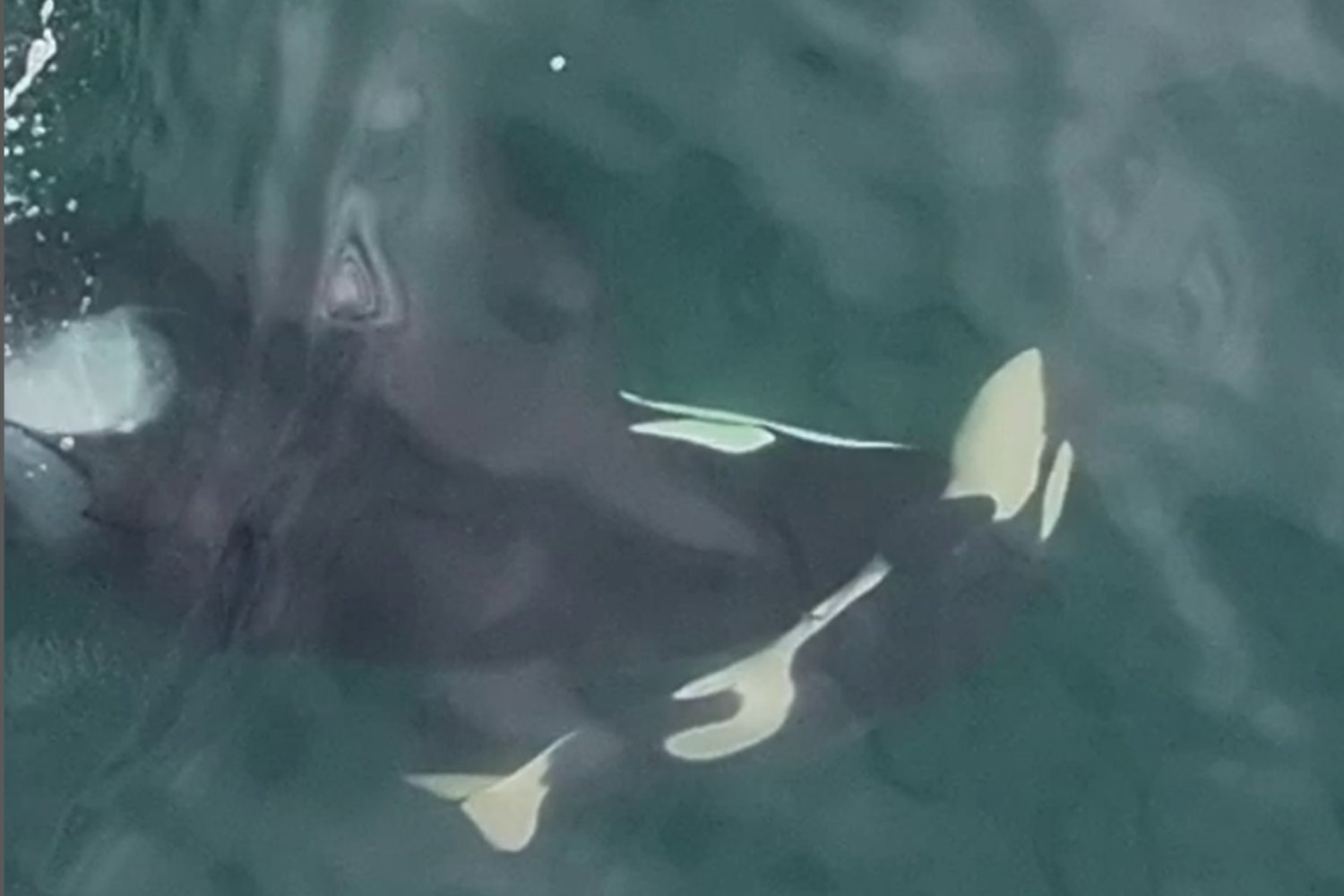In Argentina, orca J36 was seen mourning her dead calf, a rare act of grief highlighting the fragile survival of southern resident orcas, now down to just 70.

@Center for Whale Research
In the Rosario Strait, Argentina, the orca known as J36 was spotted carrying her dead newborn on her rostrum, the small body still attached by its umbilical cord. The image is as haunting as it is familiar. In 2018, the orca Tahlequah carried her dead calf for 17 days, a story that traveled around the world. Scientists interpret this behavior as a rare but profound expression of grief among the endangered southern resident orcas, a population now reduced to barely 70 individuals.
The calf, a female, appeared to have been born at or near full term. Researchers are not yet certain whether she died from a premature birth or shortly after delivery. What they do know is that J36 herself survived. She was later observed in Puget Sound, swimming with other members of her pod, particularly the younger ones, as if to demonstrate a kind of resilience that these whales must cling to in a precarious existence.
The scene was documented by teams from the Center for Whale Research (CWR), SR3, SeaDoc Society, and the Whale Museum, who carefully monitored J36’s health and collected data on her behavior.
Grief as part of orca culture
Moments like these remind us that orcas do not live by instinct alone. They build what researchers increasingly call a culture—a web of traditions, rituals, and social practices that pass from one generation to the next. Each pod has its own dialect, distinct ways of hunting, and even playful rituals. One of the more charming ones involves draping kelp across their bodies and sharing the experience, something biologists compare to a kind of communal skincare ritual among friends.
In that context, J36’s mourning may be more than maternal instinct. It could be understood as a ritual act, a way of acknowledging loss that resonates within her pod. These behaviors reveal how deeply emotional and socially bonded these whales are, their family ties stretching across decades.
A population on the edge
Southern resident orcas face enormous challenges. Their reproductive rate is alarmingly low, and calf mortality is heartbreakingly common. The calf’s death highlights the many pressures on this species: dwindling stocks of Chinook salmon, their primary food source; increasing levels of pollution; and human disturbance from vessels and noise.
Experts warn that the survival of this population depends on protecting natural resources and reducing environmental stressors. Every birth carries disproportionate weight, a small beacon of hope for a species classified as critically endangered. Without those births, hope itself begins to flicker.
Fonte: Center for Whale Research
